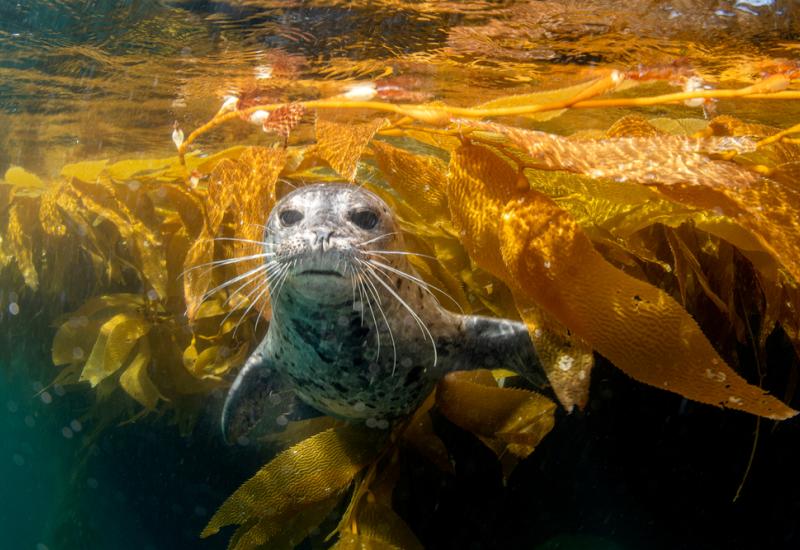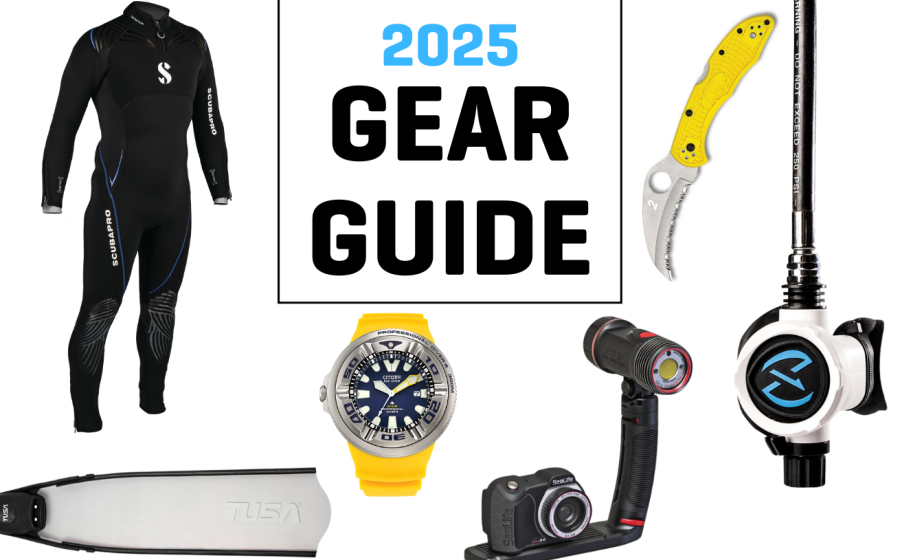Alberta
Much of Canada is lake and river-filled forest, but there are mountains, plains and even a small desert. The Great Plains, or prairies, cover Manitoba, Saskatchewan and parts of Alberta. Western Canada is known for its Rocky Mountains and the east is home to the country's major cities and Niagara Falls.
LOCATION :
Situated north of the USA, between the Atlantic and Pacific oceans, Canada is the world's second largest country.
LANGUAGE :
English, French and 53 native languages
CURRENCY :
Canadian Dollar
TIPPING :
It's considered normal to tip 10-15% of the bill
ELECTRICITY :
110/120V 60Hz
WEBSITE :
www.travelcanada.ca
CAPITAL :
Ottawa
POLITICAL STATUS :
Parliamentary democracy
AREA SIZE :
9,976,000 sq km (3.9 million sq mi)
TAXES :
A 7% Goods & Services Tax (GST) is applicable to almost all purchases. International departure tax is included in most tickets
TIME :
There are six time zones ranging from Newfoundland Standard Time in the East (GMT/UTC -3.5) to Pacific Standard Time in the West (GMT/UTC -8).
DOCUMENTS :
Most western visitors don't need a visa to visit Canada. Travelers from South Africa, China, North Korea, Taiwan, Eastern European and developing countries do require them. Entry stamps for visits of up to six months are free.
POPULATION :
31,280,000
AVERAGE WATER TEMPERATURE :
The surface temperatures in the summer can reach the 60s but below 30 feet they will dip into the 40s for most of the year.
AVERAGE VISIBILITY :
50 feet
TYPES OF DIVING :
Wreck, Shore, Boat, Live-aboard
BEST TIME TO DIVE :
July, August and September are the best months for diving. You'll find minimal rain during this time, and the algae growth from the spring should be dissipated.
WHAT TO WEAR :
A neoprene or shell-style dry suit is recommended.
DIVES NOT TO MISS :
Dodd Narrows is a narrow channel that can experience currents of 8 to 9 Knots. This is a slackwater dive with depths to 90'. Sea Anemone, Sea stars, orange cup corral, rock fish and many species of cod can be found here.
Carlos Island boasts a sheer vertical wall where octopus, wolf eels, rock cod and further down Cloud Sponges can all be seen.The Saskatchewan, a 366-foot Mackenzie-class Destroyer Escort, sank in June of 1997 near Snake Island, Nanaimo. She sits upright with a slight list to the port side in depths ranging from 45 to 130 feet. Barkley Sound is full pinnacles like Renateýs Reef and Tyler Rock. This provides plenty of ledges and crevices for marine life such as nudibranchs, rockfish, ratfish, jellyfish and tons of anemones. It also brings the possibility of encountering sixgill sharks.Nakwakto Rapids is one of the world's most remarkable dive sites. A 16 knot current rips by Turret Rock, a rocky pinnacle in the middle of the channel covered with anemones and sponges. Mounds of goose barnacles cling to the exposed ledges.










